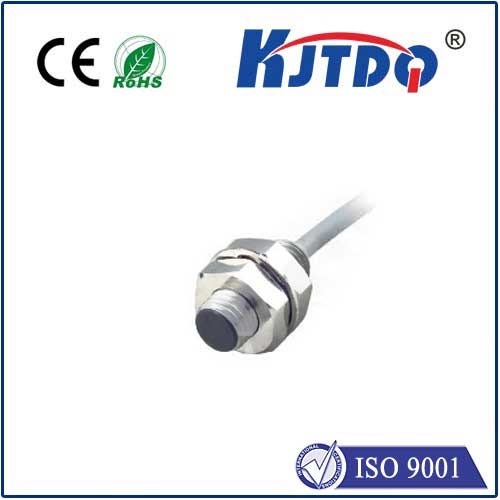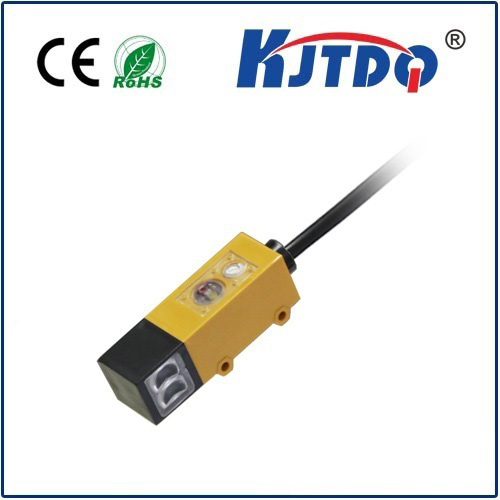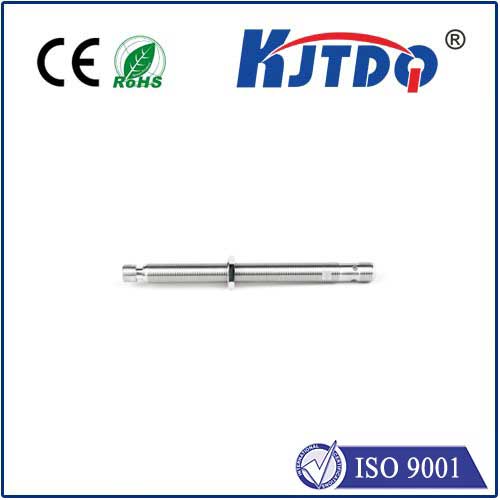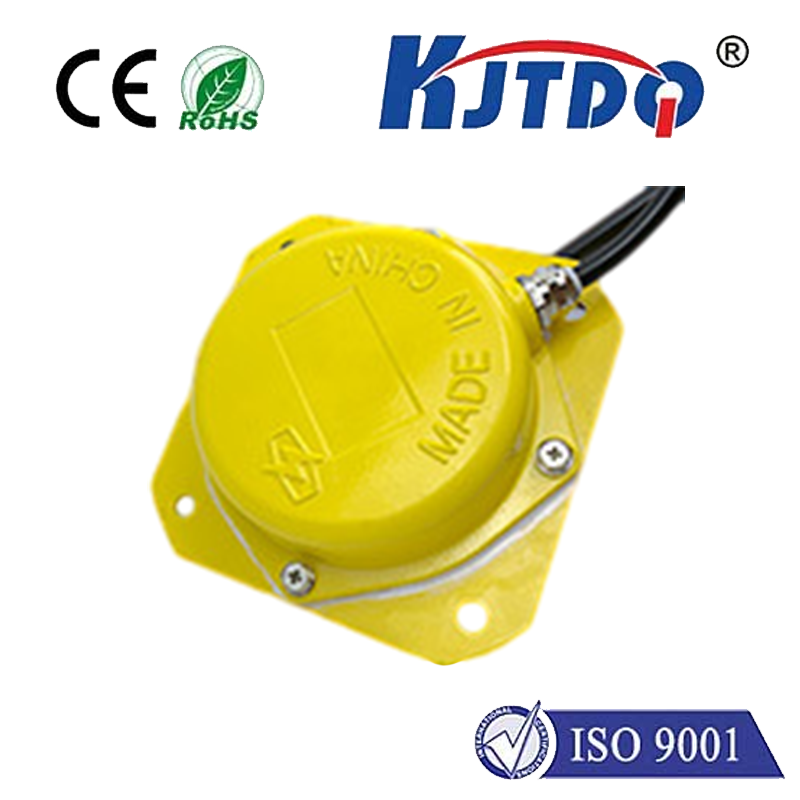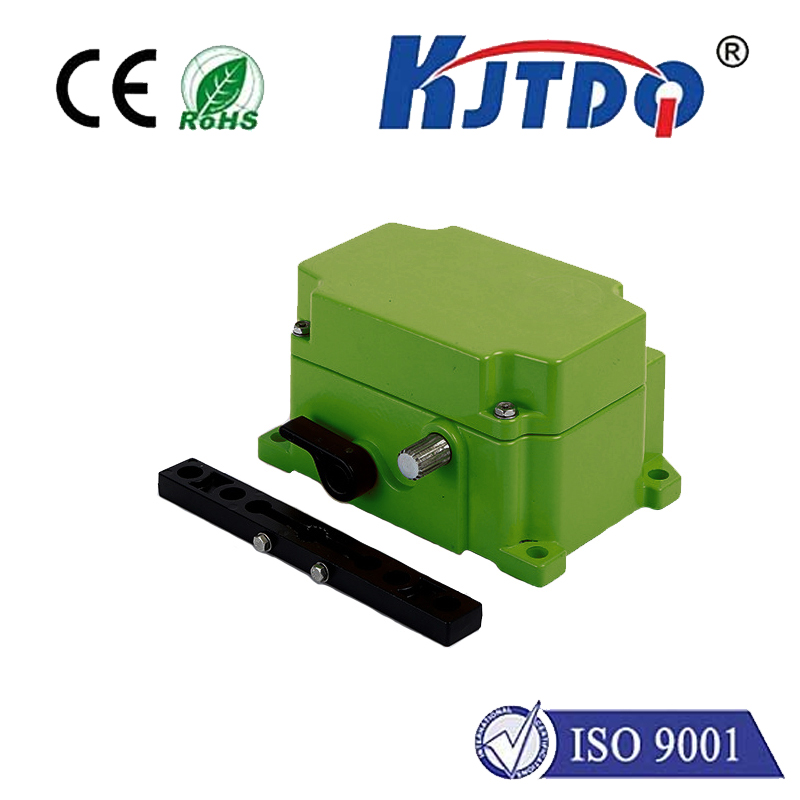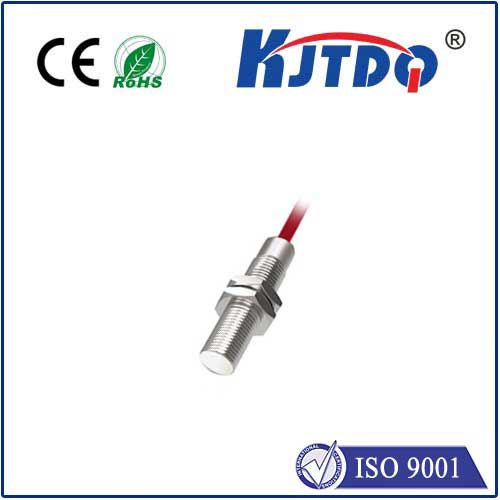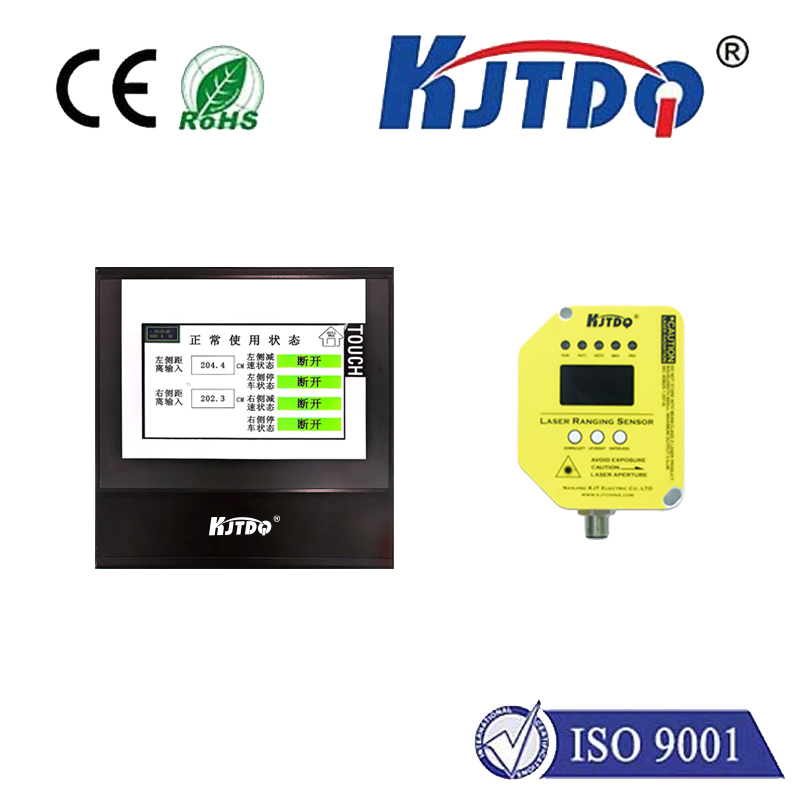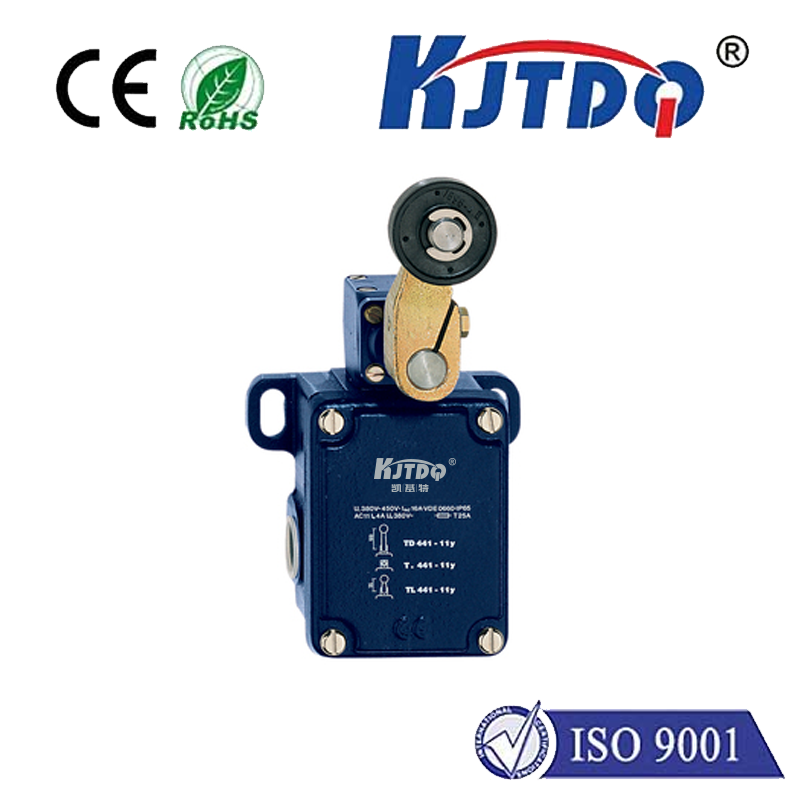position limit switch
- time:2025-08-01 13:31:08
- Click:0
Position Limit Switches: Essential Safeguards for Machinery Boundaries and Automation Safety
Imagine a powerful robotic arm extending relentlessly beyond its intended path, a massive elevator ascending unchecked towards its mechanical ceiling, or a heavy-duty crane boom swinging wildly past its safe arc. The potential for catastrophic damage, operational failure, and severe safety hazards is immense. Preventing these scenarios is the fundamental, critical role of the position limit switch. These often-overlooked components are the unsung heroes of industrial automation and machinery safety, acting as the definitive “STOP” command at the boundaries of motion.
At its core, a position limit switch is an electro-mechanical device designed to detect the presence or absence of an object (typically a machine part) when it reaches a predetermined point along its travel path. It acts as a sensor for physical position, translating the arrival of a component at a specific location into an electrical signal. This signal is crucial for safety interlock functions, halting motion, reversing direction, or triggering a warning alarm to prevent over-travel and potential collisions with hard stops or other equipment.
How Position Limit Switches Operate: Simplicity Meets Reliability
The principle is elegantly straightforward. The switch is strategically mounted at the desired travel limit point of a moving component. An actuator arm, roller, plunger, or lever protrudes from the switch housing. When the moving machine part (like a carriage, platform, door, or gate) reaches this position, it makes physical contact with the actuator. This mechanical force causes internal contacts within the switch to change state:
- Normally Open (NO) Contacts: Close to complete a circuit, sending a “limit reached” signal.
- Normally Closed (NC) Contacts: Open to break a circuit, signaling the “limit reached” condition (commonly used for critical safety stops).
This change in electrical state is instantly communicated to the machine’s control system (PLC, relay logic, motor controller), initiating the pre-programmed response – almost always an immediate cessation or reversal of motion.

Key Types and Applications: Versatility for Diverse Needs
Position limit switches come in various configurations to suit different environments and mechanical requirements:
- Lever Arm Switches: Feature a pivoting arm for actuation. Ideal for detecting objects moving perpendicular to the switch. Adjustable arms offer flexibility. Common in machine tool positioning and gate/door monitoring.
- Plunger (Pushrod) Switches: Actuated by direct linear force pushing the plunger head. Best for precise point detection where space is limited. Used in valve positioning, linear slides, and small machinery.
- Roller Lever Switches: Combine a lever arm with a roller tip. The roller reduces friction and wear, making them suitable for applications with cams, moving blocks, or repeated actuation against angled surfaces. Found in conveyor systems, packaging machinery, and material handling.
- Rotary Limit Switches: Used specifically for monitoring rotational position or angular movement, often with multiple contact points for different rotational limits.
Critical Features for Selection in Industrial Settings
Choosing the right position limit switch demands careful consideration of operational demands:
- Environmental Protection (IP Rating/NEMA Rating): Essential for performance in harsh conditions. IP67 switches resist dust ingress and temporary water immersion, common in washdown areas or outdoor use. IP69K offers high-pressure, high-temperature washdown resistance.
- Electrical Ratings: The switch contacts must handle the required voltage and current (AC or DC) of the control circuit they are interrupting or completing. Overload capacity is also vital for reliability.
- Actuation Force and Repeatability: The force needed to trip the switch must be compatible with the moving part. High-precision applications require switches with excellent repeat accuracy.
- Mechanical Durability: Switches must withstand millions of operating cycles, physical shock, and vibration inherent in industrial environments. Robust construction materials like stainless steel or reinforced plastics are common.
- Contact Configuration (NO/NC): Selection depends on the safety and control logic requirements (e.g., NC contacts for critical safety interlock functions where a broken wire also signals a fault).
The Imperative Role in Safety and System Protection
Position limit switches are not merely operational conveniences; they are fundamental safety devices. Their primary functions include:
- Preventing Over-Travel and Mechanical Damage: Halting movement before components collide with fixed structures or each other, avoiding costly equipment damage.
- Establishing Safe Work Envelopes: Defining the boundaries within which automated equipment like robots can operate safely, protecting personnel and surrounding infrastructure.
- Providing Reliable Homing/Reference Points: Serving as precise physical markers for machine calibration and ensuring accurate positioning upon startup or after a power loss.
- Enabling Sequencing and Control Logic: Sending signals to control systems to initiate the next stage in an automated process sequence once a position is confirmed.
Best Practices for Installation and Maintenance
To ensure reliable operation and maximize safety:
- Position Precisely: Mount the limit switch so that it accurately detects the intended travel limit, considering any machine deflection under load.
- Secure Mounting: Use robust brackets to prevent vibration or impact from dislodging the switch.
- Protect from Environment: Choose the appropriate IP rating and utilize protective covers if necessary, especially for plunger types vulnerable to contamination.
- Actuator Alignment: Ensure the actuator (lever, roller, plunger) engages correctly with the target machine part. Misalignment causes premature wear or failure.
- Regular Inspection and Testing: Include position limit switches in routine preventative maintenance schedules. Check for physical damage, loose connections, smooth actuator movement, and verify electrical signal output. Replacing worn switches proactively is far cheaper than repairing collision damage.
The High Cost of Neglect
Overlooking the importance of functional position limit switches carries significant risks. A failed switch can lead to:
- Catastrophic machinery collisions, resulting in extensive downtime and expensive repairs.
- Safety hazards for operators and maintenance personnel from unexpected machine movement.
- Production losses due to unscheduled stoppages and damage to products or tooling.
- Increased wear and tear on mechanical components like bearings and drives from repeated impacts against hard stops.
From simple machines to complex automated production lines, position limit switches provide a robust, reliable, and essential layer of control and safety. They are the definitive mechanical sentinels, silently ensuring that machinery operates within its designated physical boundaries, safeguarding both assets and personnel. Understanding their function, selecting the right type for the environment and application, and maintaining them diligently are fundamental responsibilities for any operation relying on controlled mechanical movement. They are not just components; they are critical safety devices woven into the fabric of industrial reliability.







